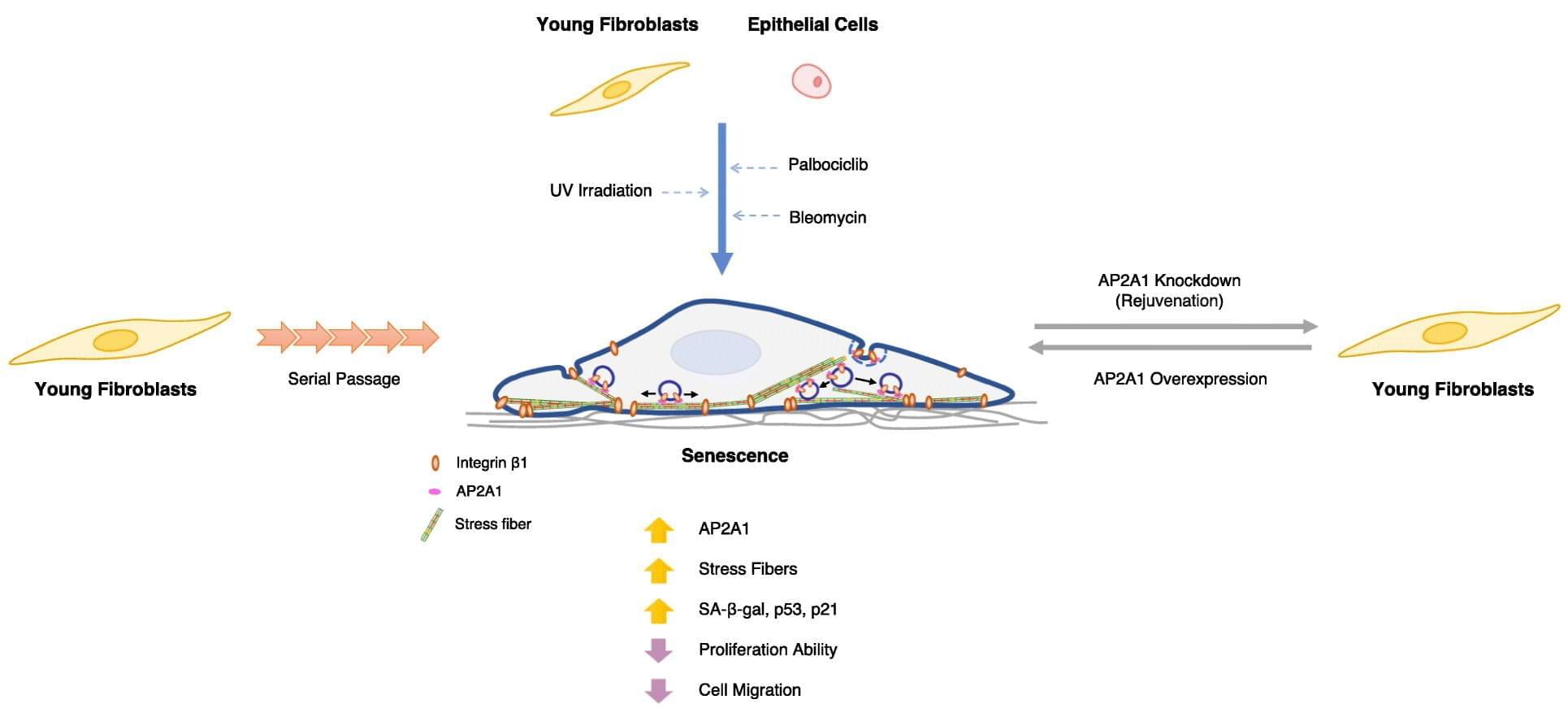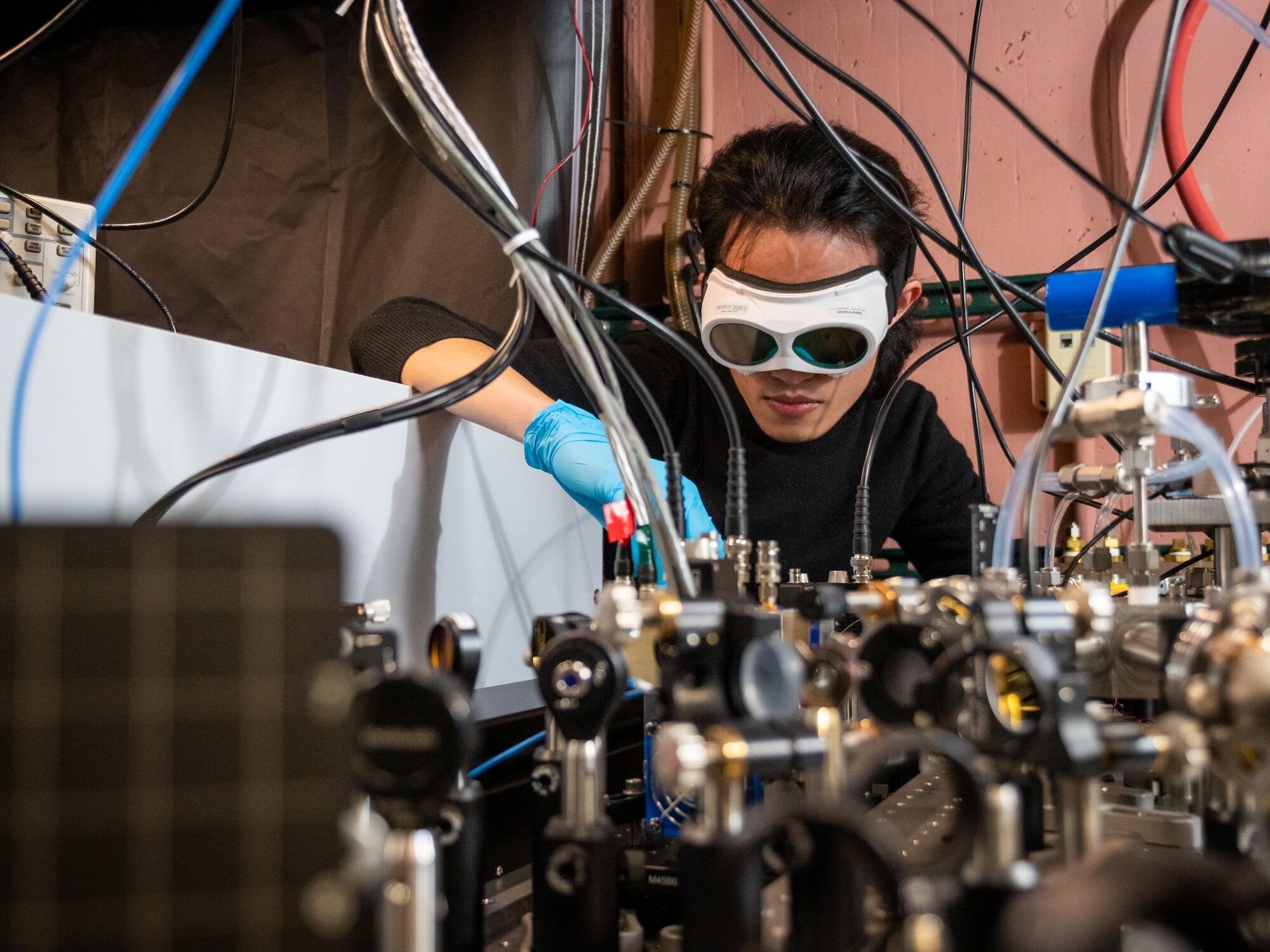Link in comments!
Future Day is coming up — no fees — just pure uncut futurology — spanning timezones — Feb 28th-March 1st.
We have: * Hugo de Garis on AI, Humanity & the Longterm * Linda MacDonald Glenn on Imbuing AI with Wisdom * James Barrat discussing new book ‘The Intelligence Explosion’ * Kristian Rönn on The Darwinian Trap * Phan, Xuan Tan on AI Safety in Education * Robin Hanson on Cultural Drift * James Hughes & James Newton-Thomas discussing Human Wage Crash & UBI * James Hughes on The Future Virtual You * Ben Goertzel & Hugo de Garis doing a Singularity Salon * Susan Schneider, Ben Goertzel & Robin Hanson discussing Ghosts in the Machine: Can AI Ever Wake Up? * Shun Yoshizawa (& Ken Mogi?) on LLM Metacognition.
Why not celebrate the amazing future we are collectively creating?







